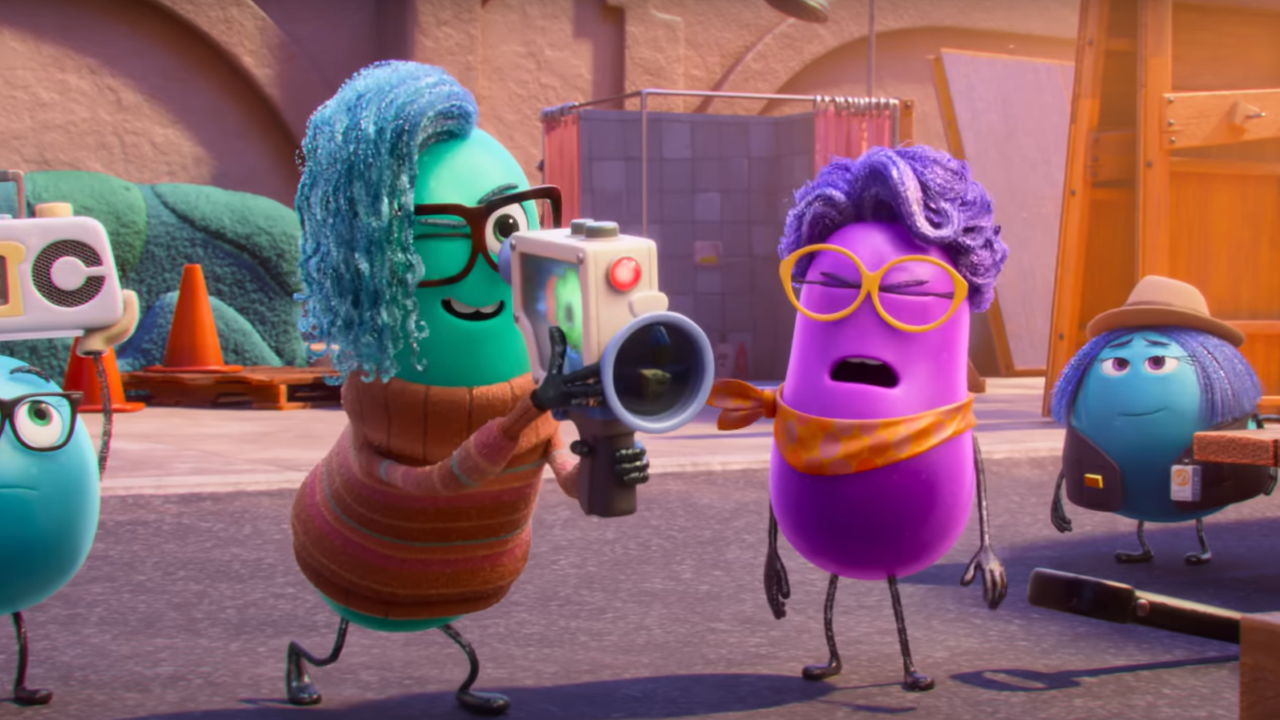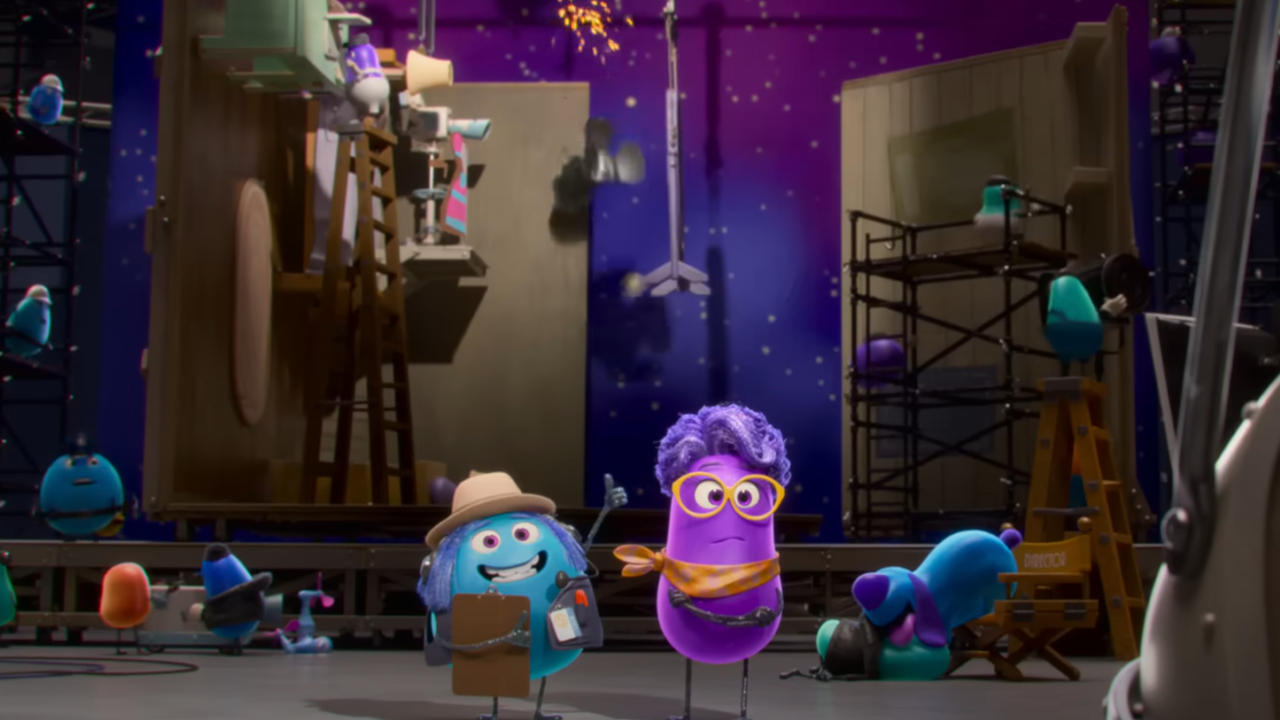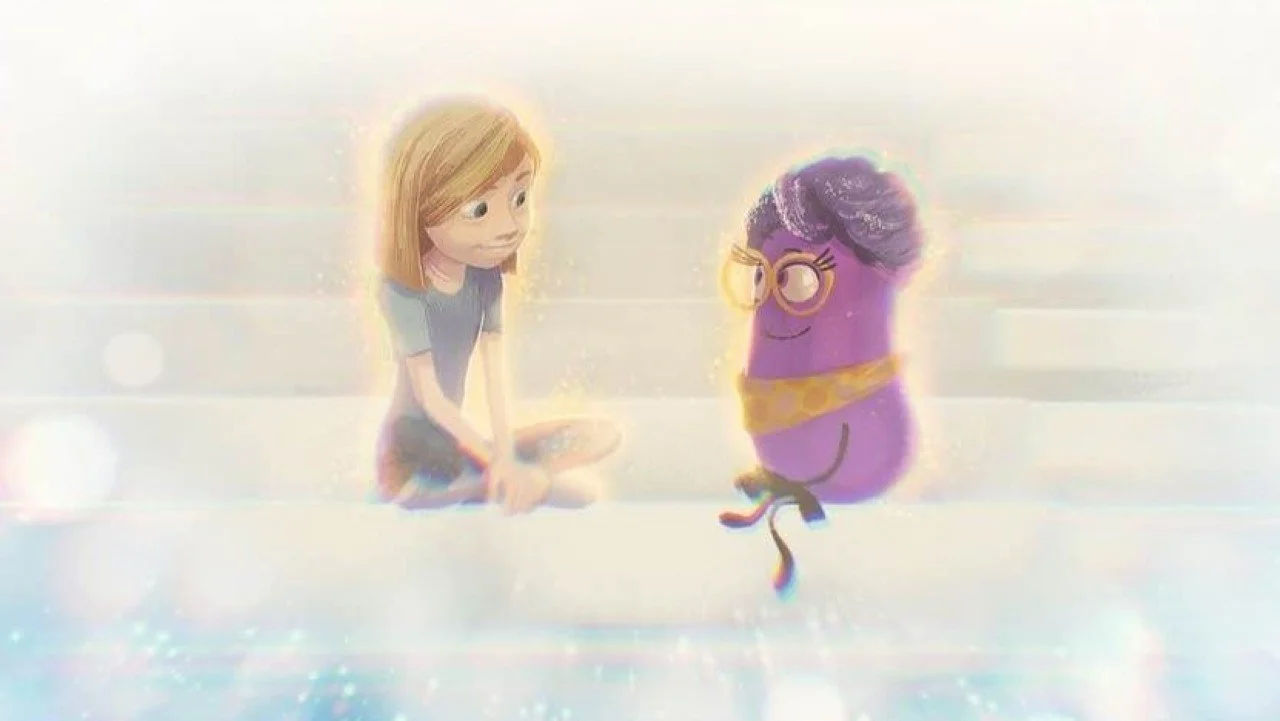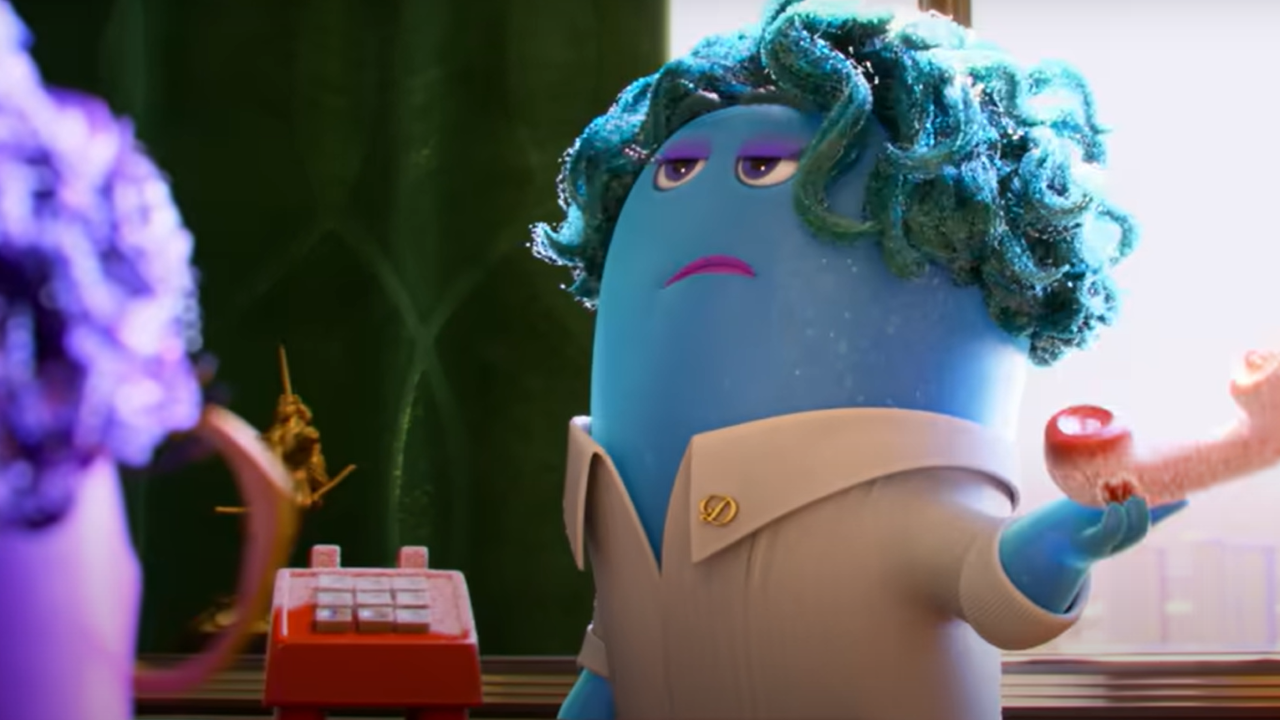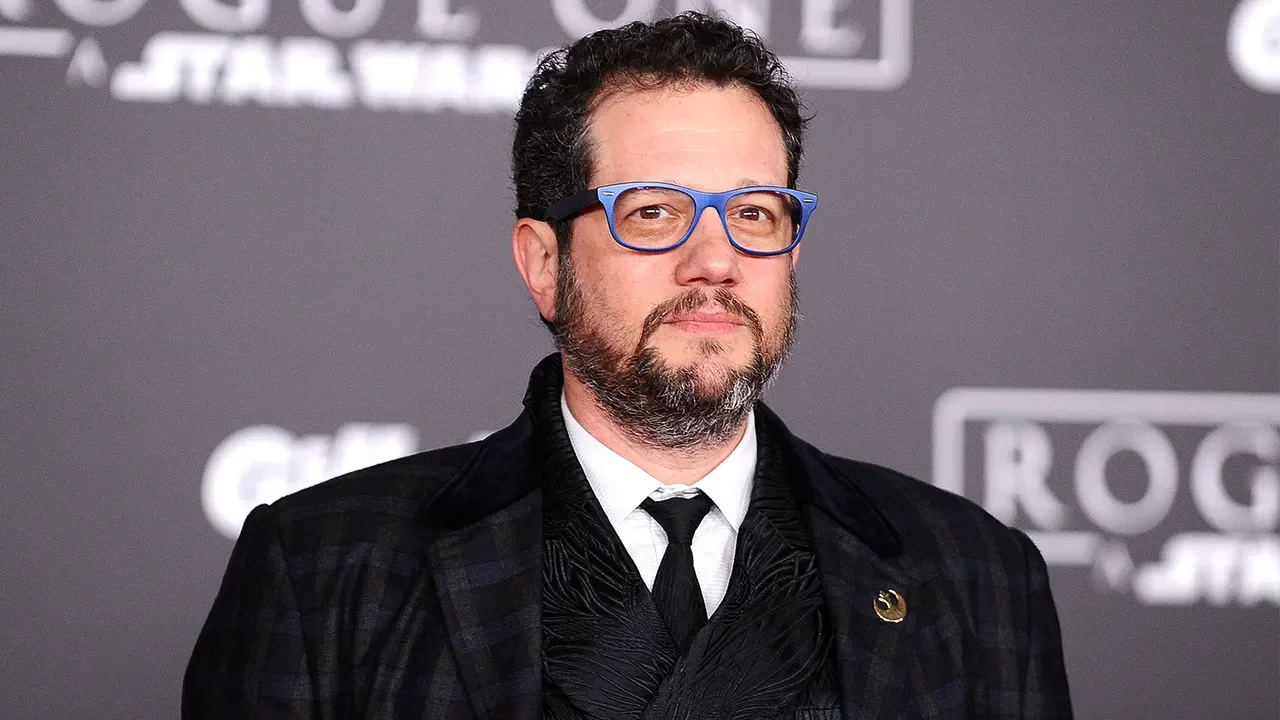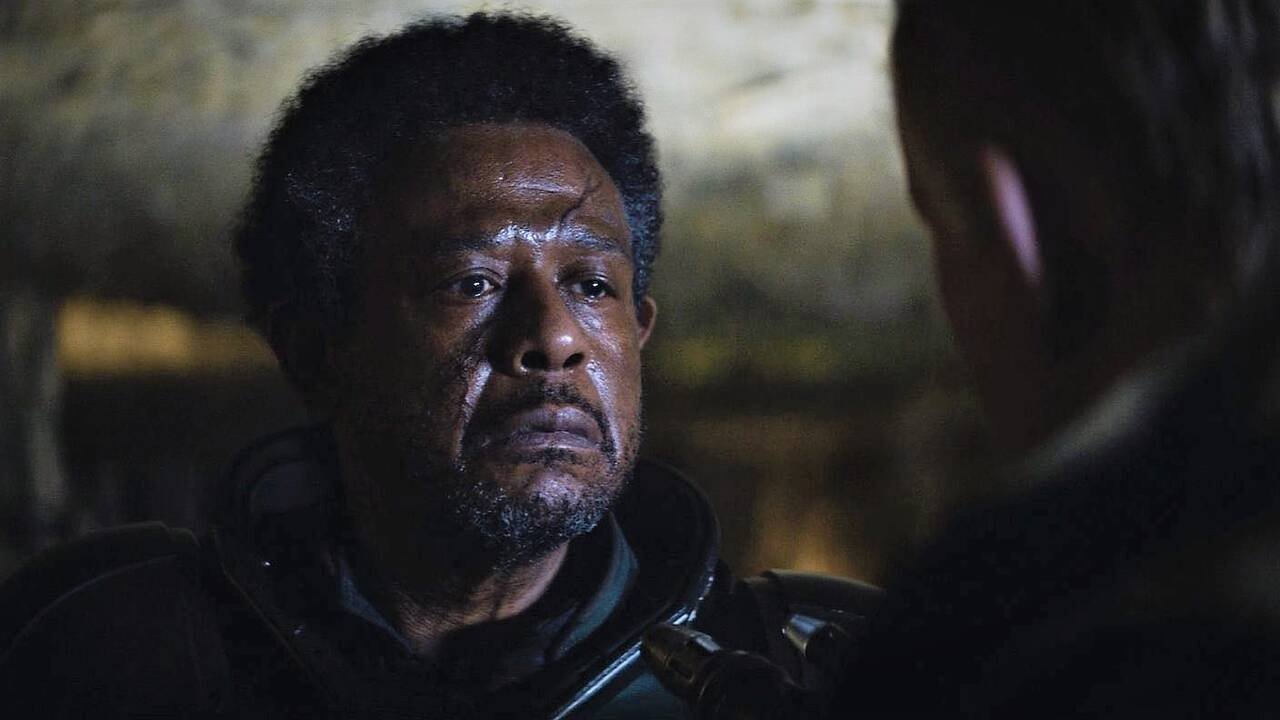Five New Things We Learned About The World Of Inside Out From Pixar's 'Dream Productions'
Image Source: JoBlo
Inside Out is Pixar’s latest hit franchise, and as part of that investment, they produced the series Dream Productions for Disney+ which was released shortly after Inside Out 2. The show explores the film studio-like Dream Productions of Riley’s mind that supplies her with nightmares, night dreams, and daydreams, the series is part of the wider world of Pixar’s newest expanding property. In these episodes are some very creative and unique details about that developing world. So today on CultureSlate, we’re tackling five fun facts about the world of Inside Out, as revealed to us through Dream Productions.
5. Daydreams Can Be Shot Live Or Stored For Later
Image Source: YouTube
In Episode 1 of Dream Productions, lead character Paula Persimmon is transporting a prop for her dream later that night when she encounters Xeni (voiced by Richard Ayoade), a daydream director operating live in the backlot of Dream Productions. This might surprise some viewers, as from what we saw in the first Inside Out, daydreams arrived in Headquarters as cartridges the Emotions could insert into the console to help project imagery into Riley’s mind. It is possible that as Riley matures, this cartridge form of daydreams can be replaced with live shoots, or both always exist simultaneously. Regardless, it highlights a role at Dream Productions that not many at the studio seem to take seriously.
RELATED:
4. Sleepwalking Is Triggered By Chaos On The Sound Stage
Image Source: YouTube
Episode 3 of Dream Productions is notable for some of its clearest discussions about filmmaking and film genres. Paula and Xeni, forced to work together with Paula desperate to pursue success, discover Riley’s Imaginary Canadian Boyfriend from the first Inside Out film. Recruiting him into their new style of dream, romance, the resulting hit dream leads studio head Jean Dewberry, Xeni’s aunt voiced by Maya Rudolph, to give the two directors the whole night for their slate of content. However, a rift forms between Paula and her new assistant director when she has him run the second unit. Looking to make his own success, Xeni recruits a brand new Canadian boyfriend from the same machine that created the first one for his part of the evening. This resulting love triangle drives Paula to create a third boyfriend, and chaos is born as they create more and more, Riley becoming less and less invested in the dream.
The two directors wrestle with the camera, trying to assume creative control and tell the narratives that they want, sending a sleeping Riley into a state of sleepwalking due to the intense overstimulation. Rejecting both dreams, the camera begins to move of its own accord, manically ping-ponging around the sound stage while the crew and actors panic and try to stop it. Up in Headquarters, the Wake Up Button breaks, meaning the Emotions can do nothing. Out in the real world, Riley slowly makes her way toward the narrow stairs of her San Francisco home. She is ultimately saved when the directors and Paula’s team help pull Riley away from her fall by instead turning and running her into her parent’s bedroom door. So, the next time you find yourself sleepwalking, know it is because of directorial chaos and overstimulation from dissonant dream imagery!
3. Lucid Dreams Happen When Someone Removes The Reality Distortion Filter
Image Source: Instagram
The Reality Distortion Filter (RDF for short) was introduced in Inside Out when we got a look behind the scenes in Dream Productions. When inserted into a Riley Camera, it transforms the simple sets and nonhuman actors into spectacular scenes and humans, or whatever they are meant to be based on the costumes they are wearing. We also see similar filters enhancing the images drawn in Anxiety’s base of operations to provide her with possible scenarios on what might happen to Riley in Inside Out 2. However, the RDF plays a larger role in Dream Productions, where it is revealed the filter can glitch during a case of sleepwalking. In addition, as the studio team found out, removing the RDF during a shoot results in a lucid dream. In Episode 4, Riley is saved from a truly horrifying nightmare by Paula’s decision to do this, and it ultimately results in a fantastic time for almost everyone. Riley can do whatever she wants in the dream, in this case, hosting a huge party, and she gains the confidence to attend a school dance, something at the crux of the whole series since dreams can influence Riley’s mindset and decisions. So the next time you suddenly realize you can control your dream, someone likely screwed up at your dream-making studio.
2. We Saw Paula In 'Inside Out'
Image Source: Pixar
Fans may be surprised to realize that we saw Paula Persimmon in Inside Out. She is the director handling Riley’s anxiety dream about her school day and is also the director handling the shoot that gets interrupted by Jangles the Clown. But this connection raises some questions. Why does she look different compared to the mockumentary series? Where is Janelle, her ever-essential assistant director? And why does she direct an anxiety dream when her deep drive in the series is to only create happy dreams that Riley will like? We’ll handle these one at a time.
Despite the differences between the depictions, Paula is still shown to have a purple body in the film, with a bundle of curled dark hair on top of her head and glasses. The remaining visual differences may be because our perspective in the film is from that of the Emotions, who may perceive all of the other workers of Riley’s mind as less distinct, in a way similar to the RDF’s effects. In one of the film’s shots, there do appear to be some characters paralleling Paula’s behind-the-scenes team from the show, but who are similarly lacking the same degree of detail and personalization.
As for where Janelle is and the anxiety dream shoot? We can assume that what we see in Inside Out is an off-day for Paula. She may be without her assistant director altogether, maybe she was assigned this dream and can’t get out of it, or maybe she just doesn’t have enough coffee in her. She seems to stare pretty blankly at her well-known “Forest Dance Party Dream” we see Jangles interrupt in the film, but which is also given a transparent makeover in the show, enough that Xeni makes a point to note it down. Still, the direct connection to the film is a great touch given that is where we first saw Dream Productions, and the emphasis the show places on Paula likely has to do with her being the one director we saw in that film.
1. There Can Be Communication Between The Minds
Image Source: YouTube
While we as the audience have been privy to the different Minds in the world of Inside Out, we never saw the Emotions within those worlds communicating with each other through anything other than full control and interaction with the body they were housed within. For instance, in the first film, Riley’s parents have flawed communication at the dinner table on Riley’s first day of school. But Episode 4 of Dream Productions has a shocking reveal: the minds of these humans can communicate with each other, or at least the minds of Riley’s Mom and Riley’s Dad can communicate with Riley’s own. However, this connection has the caveat that it goes through the dream-creating studios of each mind, and we do not know the method through which the information is delivered.
After Riley almost dies, waking up her parents, Jean Dewberry furiously speaks with Paula and Xeni in her office the following morning, revealing that the other studios in the minds of the parents are upset with her because their own productions were interrupted. Dewberry states that Dad was having a flying dream, which must mean whatever form of communication exists, it is detailed and can be quite targeted. Whether this unique link between minds will come up again in a possible Inside Out 3 or future show in this universe is unclear, but it speaks to a more metaphysical form of power newly introduced in the franchise that might be intriguing to explore on the big screen.
READ NEXT:
Source(s): Disney+


